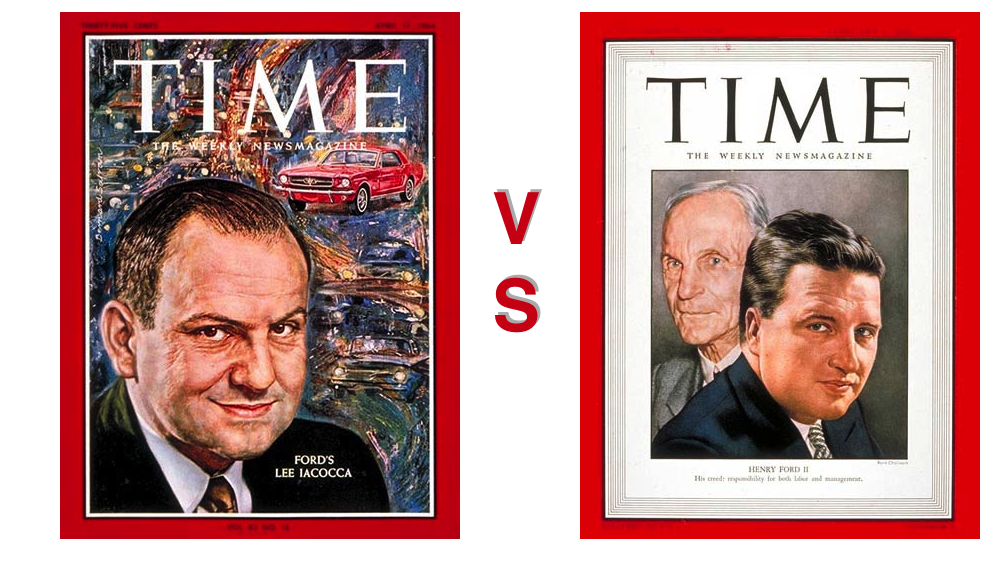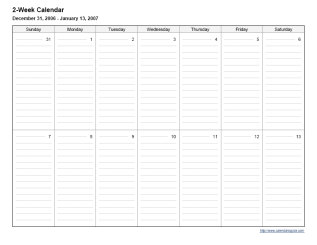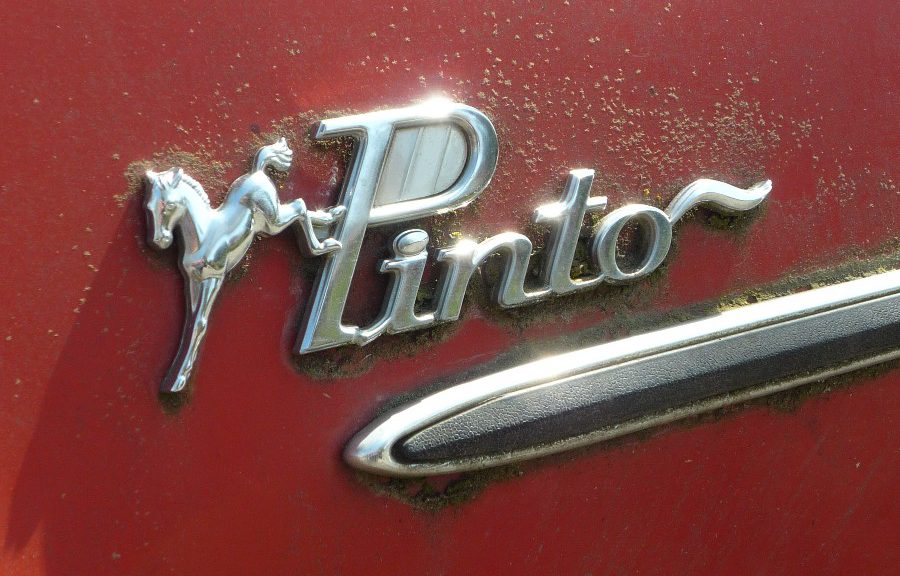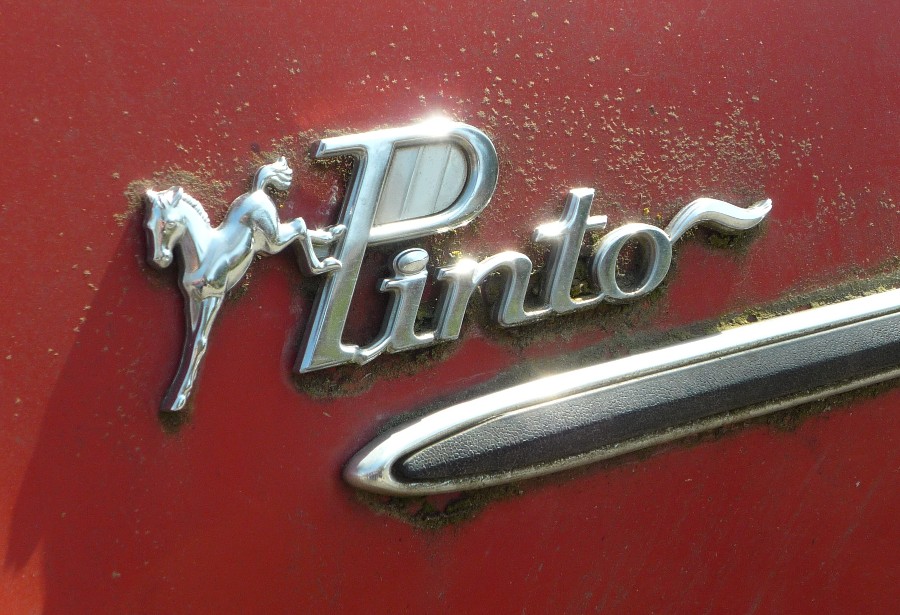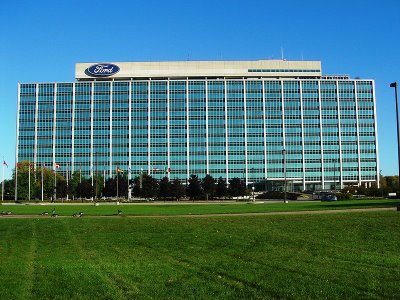 The lesson Iacocca teaches here is that you should never fail to return a punch in politics or in business. Chapter XI of Iacocca’s autobiography called “Trouble In Paradise” explains in great detail why Henry Ford II (who fired Lee Iacocca in July of 1978) was a complete buffoon:
The lesson Iacocca teaches here is that you should never fail to return a punch in politics or in business. Chapter XI of Iacocca’s autobiography called “Trouble In Paradise” explains in great detail why Henry Ford II (who fired Lee Iacocca in July of 1978) was a complete buffoon:
- According to Iacocca, Ford II was homophobic, racist and would fire people for superfluous reasons;
- Ford II believed that keeping employees anxious and off-balance was the best way to manage them;
- Ford II was security obsessed because his grandfather had sheltered him throughout his entire life worrying about kidnappings, then in 1946, Henry Ford was ousted from Ford Motor Company by the very grandson he swore to protect, ie Henry Ford II. No one is to be trusted;
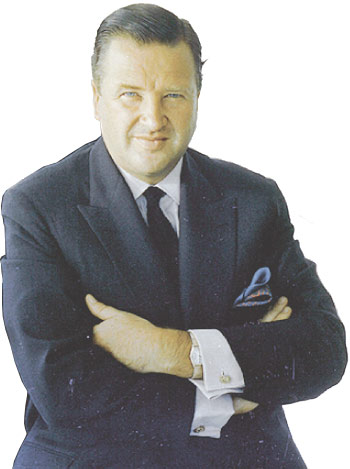 Ford II was extremely paranoid, if he saw two top managers speaking in a hallway he would want to know the conversation, he would never put anything in writing, and in fact burnt most of his documents believing his grandfather’s maxim that “History is bunk”;
Ford II was extremely paranoid, if he saw two top managers speaking in a hallway he would want to know the conversation, he would never put anything in writing, and in fact burnt most of his documents believing his grandfather’s maxim that “History is bunk”;- Ford II did not believe that building smaller cars was the way forward despite the oil crisis in 1973 and ignored the growing market of cheap imports coming from Japan which were considered too small to warrant demand in the US market. Ford II wasn’t willing to gamble on a $500 million refitting of a plant to created the Ford Fiesta in the US;
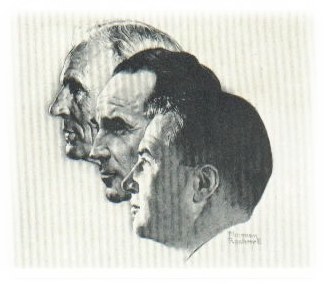 When Iacocca started a deal with Mr. Honda to use their motorbike engine in a new fuel efficient car for the US at a cheap price tag of $700 per car, Ford II famously stated that “No car with my name on the hood is going to have a Jap engine inside!”;
When Iacocca started a deal with Mr. Honda to use their motorbike engine in a new fuel efficient car for the US at a cheap price tag of $700 per car, Ford II famously stated that “No car with my name on the hood is going to have a Jap engine inside!”;- Ford II behaved like a member of the royal family and regularly talked about moving to Europe;
- Ford II did not want Iacocca to tout the Ford Motor Company stock on Wall Street even though Ford was a publically traded company as of 1956. Any positive press directed at Iacocca for his leadership was seen as a threat by Ford II.
- Ford II was never accountable to shareholders and apparently rarely had to pay taxes because his lawyers moved the money into special paper companies. Ford II never spent his own money and shareholders revolted at one point in the 1970s and sued Ford but he managed to avoid culpability through an out of court settlement;
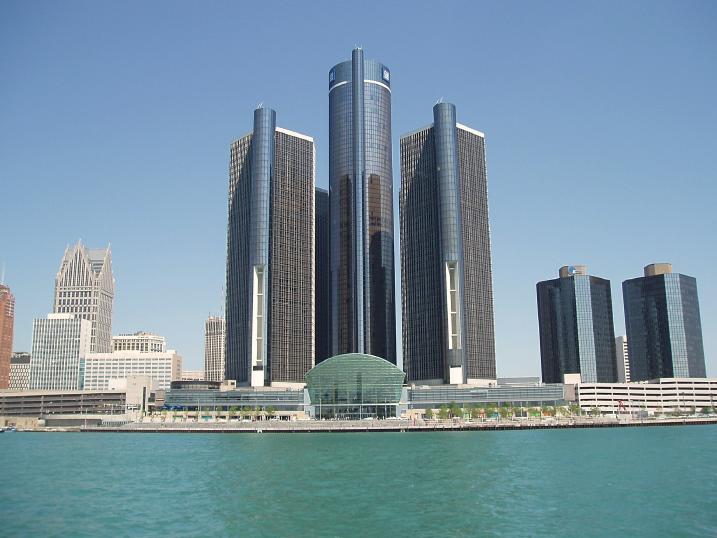 For Iacocca, Ford II spearheaded “the abomination that was the Renaissance Centre” (according to Iacocca) in downtown Detroit which was designed to rejuvenate the city. It was a monument to Henry Ford II’s own ego according to Iacocca.
For Iacocca, Ford II spearheaded “the abomination that was the Renaissance Centre” (according to Iacocca) in downtown Detroit which was designed to rejuvenate the city. It was a monument to Henry Ford II’s own ego according to Iacocca.- Ford II even set up a bribe with an Indonesian Military General through a low level manager at Ford and when it was exposed the manager was blamed.
- Iacocca believes that Ford II fired him because of a concern for the future of the Ford family within Ford. He tried to humiliate Iacocca into quitting the Ford Motor Company even though 1978 was a profitable year at a revenue of $2 billion.
- While Iacocca was on vacation in 1975, Ford II ordered $2 billion of R&D in small cars and front-wheel drive to be halted because of the OPEC situation. Ford II even compared himself to Sewell Avery (http://en.wikipedia.org/wiki/Sewell_Avery) who also thought that the US was going under and made many cuts in the run up to World War II but did not invest in future plans or projects leading to a collapse of Montgomery Ward.
 Ford II gave a wild speech to top management where he said “I am the captain of this ship” and that others were going about things all wrong, 1974 was a loss year of $12 million.
Ford II gave a wild speech to top management where he said “I am the captain of this ship” and that others were going about things all wrong, 1974 was a loss year of $12 million.- Ford II initiated a private investigation against Iacocca in 1975 in order to discredit him and pin him to an association with the Italian mafia which cost Ford $2 million dollars to prosecute. The investigation produced no evidence and therefore was a huge embarrassment to Ford II.
- Ford II did not have the character to fire people himself.
- Iacocca’s salary was $970,000 per year at Ford so he decided to stay even though Ford II did not want him in that role. Ford II tried to fire people closely associated with Iacocca. Ford II fired Hal Sperlich because of his association with Iacocca and because Sperlich wanted to build smaller cars. Ford II had Iacocca fire Hal Sperlich because of a ‘feeling he had’.
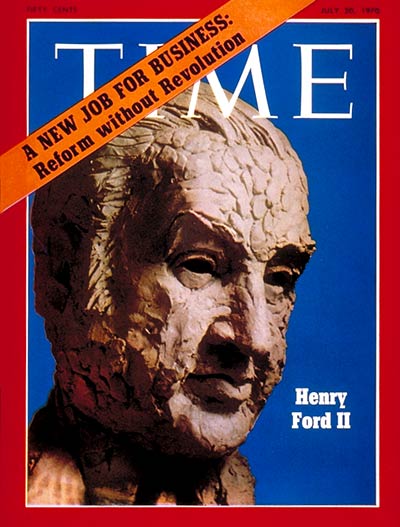 Ford II brought in McKinsey to restructure the company so that there was a troika with Iacocca as the 3rd in command thus eroding Iacocca’s authority in a socially acceptable manner and then put Iacocca in 4th position under Bill Ford, Henry’s more stable younger brother.
Ford II brought in McKinsey to restructure the company so that there was a troika with Iacocca as the 3rd in command thus eroding Iacocca’s authority in a socially acceptable manner and then put Iacocca in 4th position under Bill Ford, Henry’s more stable younger brother.- Ford II couldn’t convince the board to fire Iacocca because Lee had been responsible for 3 major successes: the Mustang, the Mark III and the Fiesta, and was loyal to the company;
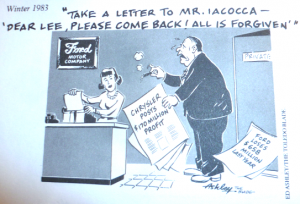 Ford II was good at spending money but he didn’t know how to make any according to Iacocca;
Ford II was good at spending money but he didn’t know how to make any according to Iacocca;- Famously, Ford II’s explanation for firing Iacocca was that “Sometimes you don’t like someone!”
- Ford II later ran into Iacocca and his wife at a social event and instead of saying hello, Henry Ford II walked away abruptly i.e. he lacked character.
- Years later, Chrysler would be posting amazing profits while Ford struggled.
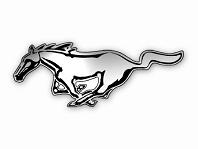 This is a synopsis & analysis based on Iacocca: An Autobiography and other miscellaneous research sources. Enjoy.
This is a synopsis & analysis based on Iacocca: An Autobiography and other miscellaneous research sources. Enjoy.
Relevant Lee Iacocca Articles
- Predict Change Where Possible
- People Skills Are Essential in Leadership
- Let The Employees Manage Themselves
- Basic Management Tips
- Understand Your Customers
- Finance Analysts Versus Sales Marketing People
- A Big Idea Boosts Your Prospects Avoid Corruption
- You Can Change Careers But Perfect Your Craft
- Make Sure You Understand The Entire Business
- Timing Matters
- Sell Products Don’t Lease
- Two Ways To Make Money
- Change The World The Mustang Story Part 1
- Rise To The Top Through Merit
- Rewind If The Product Sucks
- Build A Social Powerbase Within Your Company Fast
- Don’t Elaborate Much On Your Deadly Mistakes
- Discredit The Person Who Fired You
- Be Careful of Which Job You Choose
- A Company Needs A System Of Financial Controls
- B Players Attract Other B Players
- Get Rid of Excess Inventory
- Bring Cohesion To The Company Build Your Team
- Meeting Customer Requirements
- No Self Doubts
- Change Your Marketing Talent Where Necessary
- External Factors Cannot Be Predicted
- Triage Is Essential In Hard Times
- Use All Available Arguments To Justify Surival
- Sacrifice Must Come From The Top Down
- Banks Are There To Lend If Possible
- Go Small Or Go Home
- Directly Pitch Customers To Enhance Credibility
- Government Is Painful Transfer Where Necessary
- Avoid Short Termism Expensive Labour Costs
- The Japanese Obsession And Protecting Your Industrial Base

